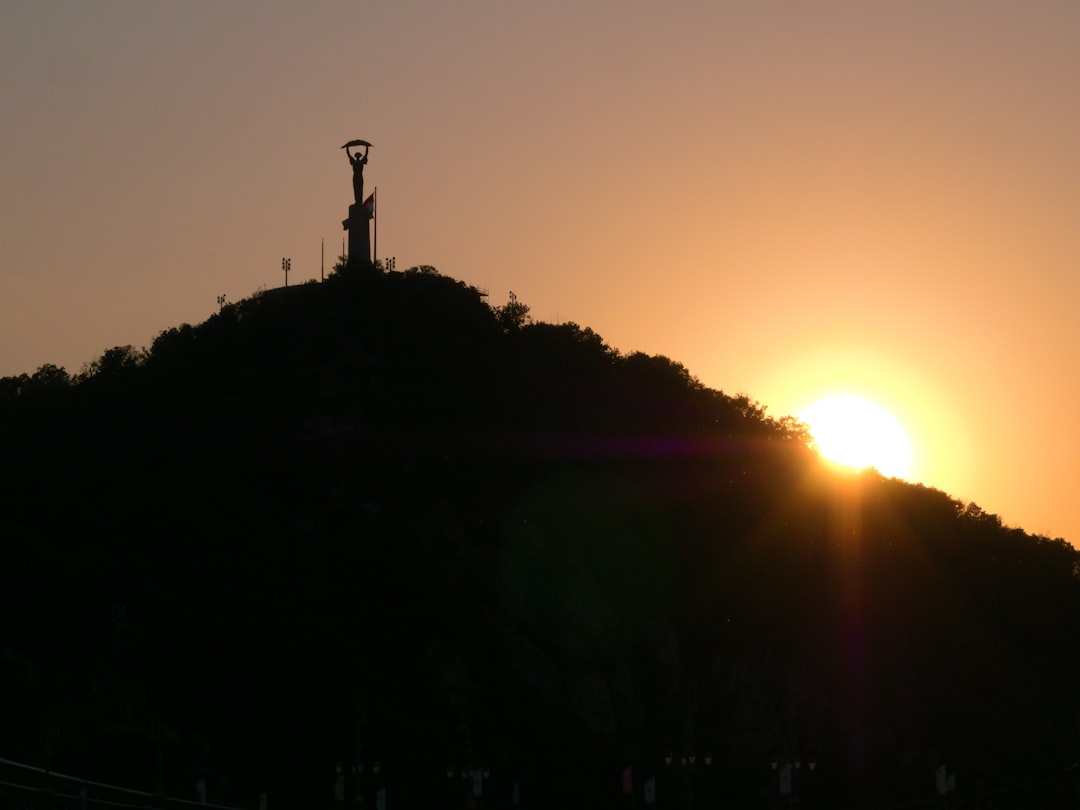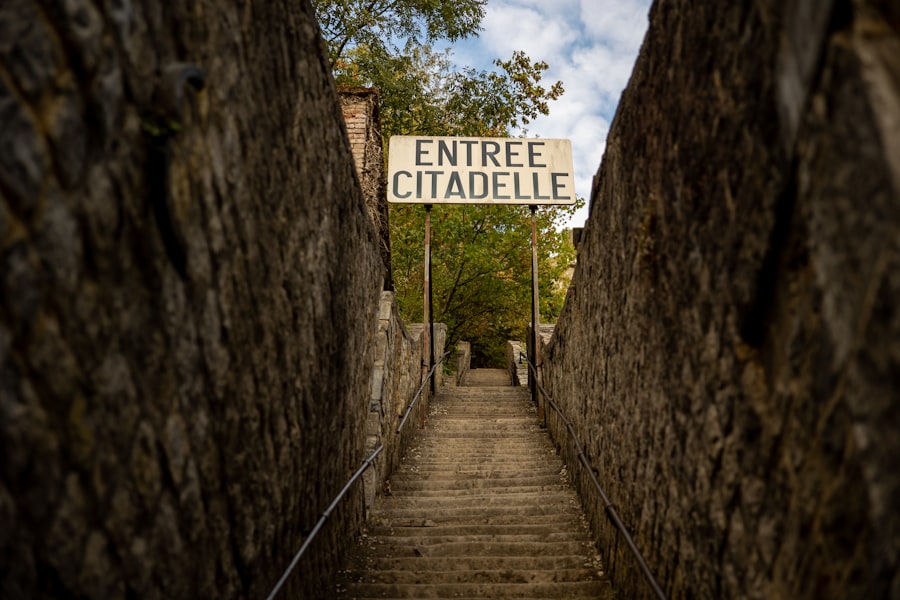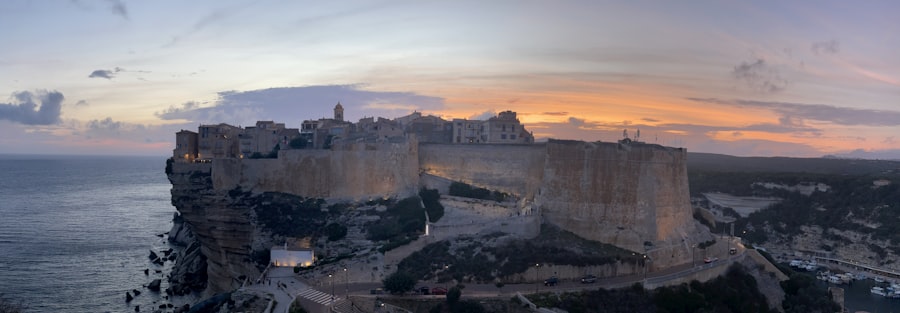
Haiti, a nation located on the island of Hispaniola in the Caribbean, is a country rich in history, culture, and natural beauty. Sharing the island with the Dominican Republic, Haiti is known for its vibrant traditions, resilient people, and complex past. The capital city, Port-au-Prince, serves as the political and economic hub of the nation, while also being a focal point for its artistic expression and cultural heritage.
Despite facing numerous challenges, including political instability and natural disasters, Haiti remains a land of immense potential and beauty, attracting travelers who seek to explore its unique offerings. The country’s landscape is characterized by mountainous terrain, lush valleys, and stunning coastlines. The warm Caribbean climate adds to its allure, making it a desirable destination for those looking to escape to a tropical paradise.
However, Haiti is often misunderstood and misrepresented in the media, leading to a lack of awareness about its rich cultural tapestry and the warmth of its people. As travelers venture into this captivating nation, they discover not only breathtaking scenery but also a deep sense of community and resilience that defines the Haitian spirit.
Key Takeaways
- Haiti is a Caribbean country known for its vibrant culture, rich history, and stunning natural beauty.
- The country has a complex and fascinating history, with influences from African, French, and indigenous cultures.
- Visitors to Haiti should make sure to explore the historic Citadelle Laferrière, the beautiful beaches of Île-à-Vache, and the bustling Iron Market in Port-au-Prince.
- Haiti is home to breathtaking natural wonders such as the Bassin Bleu waterfalls, the stunning beaches of Jacmel, and the picturesque Pic Macaya National Park.
- Travelers to Haiti can also enjoy unique experiences like exploring the hidden caves of Grotte Marie-Jeanne, attending the vibrant Carnival celebrations, and trying local delicacies like griot and pikliz.
Historical and Cultural Facts about Haiti
Haiti’s history is marked by both triumph and tragedy. It was the first nation in the world to gain independence from colonial rule in 1804 after a successful slave revolt against French colonial powers. This monumental event not only established Haiti as the first independent black republic but also inspired other nations struggling for freedom.
The legacy of this revolution is deeply ingrained in Haitian culture, influencing everything from art to music to social movements. The Haitian Revolution remains a symbol of resistance and empowerment, showcasing the strength and determination of its people. Culturally, Haiti is a melting pot of influences that reflect its diverse heritage.
The predominant language is Haitian Creole, which is derived from French but incorporates elements from African languages, Spanish, and indigenous Taíno words.
Haitian art is another significant aspect of its culture; vibrant paintings often depict scenes from daily life, folklore, and spirituality.
Artists like Hector Hyppolite and Philomé Obin have gained international recognition for their contributions to the art world, showcasing the unique perspectives and experiences of Haitians.
Must-Visit Places in Haiti

When exploring Haiti, several locations stand out as must-visit destinations that encapsulate the essence of the country. One such place is the Citadelle Laferrière, a UNESCO World Heritage site located in the northern region of Haiti. This fortress was built in the early 19th century as a symbol of freedom and resistance against colonial oppression.
Perched atop a mountain, it offers breathtaking views of the surrounding landscape and serves as a powerful reminder of Haiti’s fight for independence. Visitors can hike up to the citadel or take a horseback ride through the lush countryside, immersing themselves in the historical significance of this remarkable structure. Another essential stop is the Iron Market (Marché en Fer) in Port-au-Prince.
This bustling marketplace is not only a hub for commerce but also a vibrant cultural experience. The market was originally built in 1889 but was destroyed by a fire in 2008; it has since been rebuilt and continues to thrive as a center for local artisans and vendors. Here, visitors can find an array of handmade crafts, textiles, spices, and fresh produce while engaging with friendly locals who are eager to share their stories.
The Iron Market embodies the spirit of Haitian entrepreneurship and creativity, making it an essential part of any visit to the capital.
Natural Wonders of Haiti
| Natural Wonder | Location | Description |
|---|---|---|
| Citadelle Laferrière | Northern Haiti | Massive mountaintop fortress built in the early 19th century. |
| Lake Azuei | Border with Dominican Republic | Largest lake in Haiti, known for its biodiversity. |
| Bassin Bleu | Southeastern Haiti | Series of three cobalt-blue pools fed by waterfalls. |
| Île-à-Vache | Southwestern Haiti | Idyllic island with pristine beaches and crystal-clear waters. |
Haiti’s natural beauty is as diverse as its culture, offering visitors an array of stunning landscapes to explore. One of the most remarkable natural wonders is Labadee, a private beach resort located on the northern coast. Known for its pristine beaches and crystal-clear waters, Labadee is a popular destination for cruise ships and travelers seeking relaxation in a tropical paradise.
The area boasts opportunities for water sports such as snorkeling, jet skiing, and parasailing, allowing visitors to immerse themselves in the vibrant marine life that thrives in the Caribbean Sea. In addition to its coastal beauty, Haiti is home to several national parks that showcase its rich biodiversity. For instance, La Visite National Park is situated in the southeastern region and features lush forests, diverse wildlife, and stunning mountain vistas.
The park is an excellent destination for hiking enthusiasts who wish to explore its trails while observing endemic species such as the Hispaniolan solenodon and various species of birds. The natural wonders of Haiti are not only visually striking but also play a crucial role in preserving the country’s ecological heritage.
Unique Sights and Activities in Haiti
Beyond its historical landmarks and natural beauty, Haiti offers unique sights and activities that provide an authentic experience for travelers. One such activity is participating in a traditional Vodou ceremony. Vodou is an integral part of Haitian culture and spirituality, often misunderstood by outsiders.
” These ceremonies are deeply rooted in community and serve as a means of connection between individuals and their ancestors. Another unique experience is exploring the art scene in Jacmel, a coastal town renowned for its artistic community. Jacmel hosts an annual carnival that attracts visitors from around the world with its colorful parades and lively music.
The town is also famous for its papier-mâché masks and vibrant street art that adorns its buildings. Art enthusiasts can visit local galleries and workshops to witness artisans at work while learning about their creative processes. Engaging with local artists provides travelers with a deeper understanding of Haiti’s cultural expression and fosters connections that transcend borders.
Tips for Traveling to Haiti

Traveling to Haiti requires some preparation to ensure a safe and enjoyable experience. First and foremost, it is essential to stay informed about current travel advisories issued by your government. While many areas are safe for tourists, some regions may have heightened security concerns due to political instability or civil unrest.
Researching your destination thoroughly will help you make informed decisions about where to go and what precautions to take. When visiting Haiti, it is advisable to respect local customs and traditions. Learning basic phrases in Haitian Creole can go a long way in building rapport with locals and demonstrating appreciation for their culture.
Additionally, travelers should be mindful of their surroundings and avoid displaying valuables openly to minimize the risk of theft. Engaging with local guides can enhance your experience by providing insights into the history and culture while ensuring your safety during excursions. Travelers should also consider their health needs before embarking on their journey.
Vaccinations may be recommended or required depending on your home country’s guidelines; consult with a healthcare professional well in advance of your trip. It’s also wise to carry basic medical supplies such as insect repellent and sunscreen due to the tropical climate. Lastly, embracing the local cuisine can be one of the most rewarding aspects of traveling in Haiti.
Dishes such as griot (fried pork), pikliz (spicy pickled vegetables), and joumou (pumpkin soup) are staples that reflect the country’s culinary heritage. Dining at local restaurants not only supports small businesses but also allows travelers to experience authentic flavors that tell the story of Haiti’s diverse influences. In summary, Haiti is a destination that offers an abundance of historical significance, cultural richness, natural beauty, and unique experiences waiting to be discovered by adventurous travelers willing to look beyond stereotypes.
If you’re interested in exploring more about different places around the world, you might find the article on Burkina Faso Facts and Places to Visit quite enlightening. Similar to the diverse and rich cultural heritage of Haiti, Burkina Faso offers a unique blend of history, culture, and natural beauty. This article provides an in-depth look at some of the must-visit sites and the fascinating facts about Burkina Faso, enhancing your understanding of another vibrant nation in the global tapestry.
FAQs
What are some interesting facts about Haiti?
– Haiti is the first independent nation of Latin America and the Caribbean, and the only nation in the world established as a result of a successful slave revolt.
– The official languages of Haiti are French and Haitian Creole.
– Haiti is the most mountainous country in the Caribbean and is home to the Citadel, a large mountaintop fortress.
– The country is known for its vibrant art, music, and dance traditions.
What are some popular places to visit in Haiti?
– Labadee: A private resort leased to Royal Caribbean International, known for its beautiful beaches and water activities.
– Citadelle Laferrière: A mountaintop fortress and UNESCO World Heritage site, built to protect Haiti from French invasion.
– Jacmel: A coastal town known for its French colonial architecture, art scene, and annual carnival.
– Bassin Bleu: A series of three natural pools and waterfalls surrounded by lush vegetation.
What are some must-see sights in Haiti?
– Sans-Souci Palace: A historic palace built by King Henri I of Haiti, known for its grand architecture and beautiful gardens.
– National Museum of Haiti: Located in Port-au-Prince, the museum houses a collection of Haitian art, historical artifacts, and cultural exhibits.
– Iron Market: A bustling market in Port-au-Prince known for its vibrant atmosphere and wide variety of goods for sale.
– Saut-d’Eau Waterfall: A popular pilgrimage site and natural wonder, believed to have healing powers by many Haitians.



